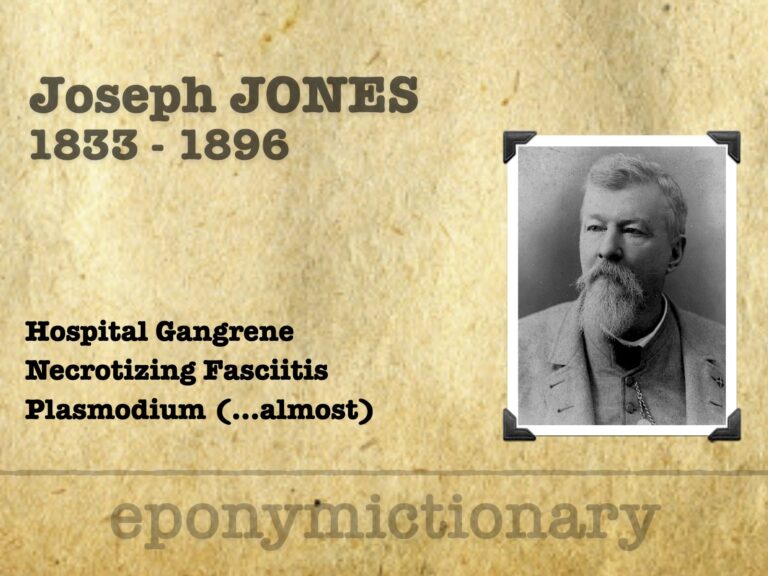
Joseph Jones
Joseph Jones (1833–1896), Confederate surgeon who defined hospital gangrene, advanced malaria research, and shaped Southern public health

Joseph Jones (1833–1896), Confederate surgeon who defined hospital gangrene, advanced malaria research, and shaped Southern public health

Charles Foix (1882–1927), French neurologist; defined brainstem vascular syndromes, Foix–Alajouanine syndrome, and helped shape modern cerebrovascular neurology.
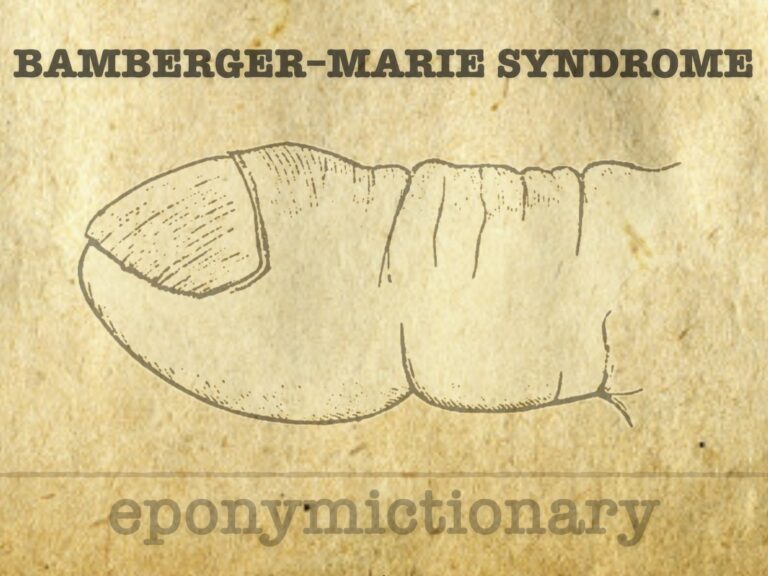
Bamberger–Marie syndrome (hypertrophic pulmonary osteoarthropathy): clubbing, bone periostosis, and joint effusions—historically recognised as a paraneoplastic syndrome linked to lung disease.
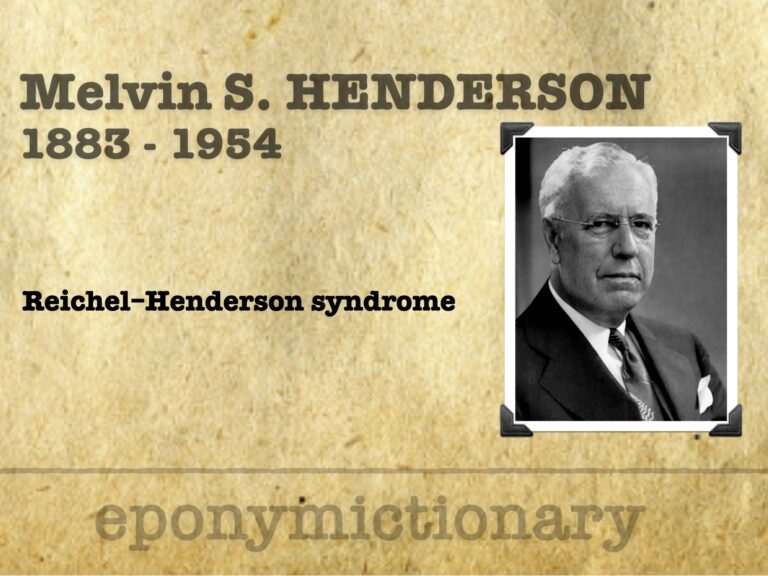
Melvin Starkey Henderson (1883–1954), founding Mayo orthopaedist and ABOS president, co-described Reichel–Jones–Henderson syndrome (synovial chondromatosis).

Friedrich Paul Reichel (1858–1934), German surgeon, synovial osteochondromatosis and co-developed the Reichel-Polya gastric operation.
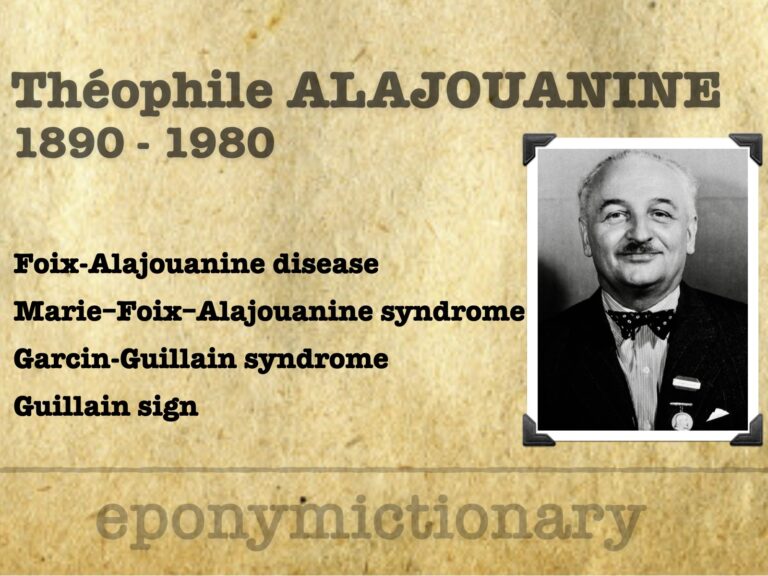
Théophile Alajouanine (1890–1980), French neurologist and humanist; described Foix–Alajouanine syndrome, studied aphasia, epilepsy, and neurological creativity.
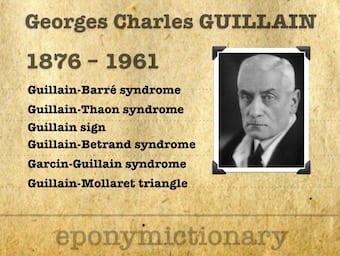
Georges Charles Guillain (1876-1961) was a French neurologist. Multiple neurology-related eponyms including Guillain-Barré syndrome

Woldemar Mobitz (1889-1951) was a Russian-German physician. Applied mathematical approach to arrhythmias 1924 Mobitz Type I and II AV Block

Ernst Adolf Gustav Gottfried von Strümpell (1853-1925) was a German neurologist. Strümpell signs, Strümpell-Lorrain disease, Marie-Strümpell disease and Westphal-Strümpell pseudosclerosis.

Battle sign: mastoid ecchymosis indicating basilar skull fracture, described by W.H. Battle in 1890; it holds >75% PPV for posterior fossa injury.

William Henry Battle (1855–1936) English surgeon. Battle incision, Battle operation and Battle sign postauricular (mastoid) ecchymosis

Carl Gerhardt (1833–1902), German internist and paediatric pioneer, described Gerhardt’s sign and advanced diagnostics, paediatrics, and laryngology